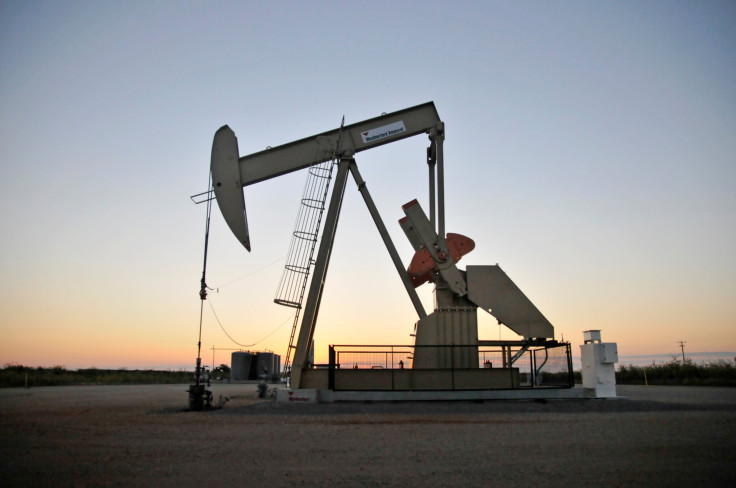Markets Need A New Leadership: What Would That Be?
As the Q2, 2022 earnings reporting season ends, one sector has emerged as a market leader: energy. According to FactSet, the energy sector reported the highest earnings growth among the 11 S&P 500 sectors at 299%. As a result, it saved the index group of companies from ending the quarter with a decline in overall earnings.
"The Energy sector is also the largest contributor to earnings growth for the S&P 500 for Q2 2022," said John Butters, Vice President and Senior Research Analyst of the company in a blog. "The sector is reporting an aggregate year-over-year increase in earnings of $47.7 billion, while the S&P 500 overall is reporting an aggregate year-over-year increase in earnings of $31.1 billion. In fact, if the Energy sector is excluded, the S&P 500 would be reporting a year-over-year decline in earnings of 3.7% rather than a year-over-year increase in earnings of 6.7%."
Energy's market leadership is the result of high oil prices in Q2, which significantly boosted the earnings of the S&P 500 companies and the price of their shares on Wall Street.
But with oil prices falling in Q3, the rally in energy shares is expected to pause and perhaps, reverse course. Thus, the market needs new leadership. What would that be? Daniel Kern, Chief Investment Officer at TFC Financial Management, sent a few candidates in an email to International Business Times.
One of them is industrials, which will benefit from the easing supply chain constraints, which has significantly lowered transportation costs. For instance, the Baltic Dry index, a measure of global transportation costs, has plunged to 60% in the last three months.
Then there's the defense sector, which should benefit from rising defense spending by the ongoing Russian-Ukraine war and the rising tensions in Asia.
In addition, some sectors will benefit from higher interest rates, like banking. Banks are usually slow to raise deposit rates as the Federal Reserve raises money market interest rates. Thus, benefiting from the "spread" between the interest rate they pay to depositors and the interest rate they collect from investing these deposits to money market instruments.
Another sector is insurance. Insurance companies must maintain an extensive portfolio of highly liquid investments like money market instruments and short-maturity government bonds to pay for policy claims. Thus, they can make higher returns as the yields on these investments climb with Fed's interest rate hikes. In addition, the demand for insurance products like property and casualty is inelastic, meaning that insurance companies can fare well, even if the higher interest rates push the economy into recession.
Meanwhile, investors should understand that transitioning from one market leadership to another isn't always a smooth process, especially when valuations are over-extended, as is the case right now. For example, the SPDR S&P 500 ETF Trust (SPY) is currently trading with a PE of 23, well above its historical high of 15, meaning that investors placing their bets on the market at this point have "little margin of error."

© Copyright IBTimes 2025. All rights reserved.






















